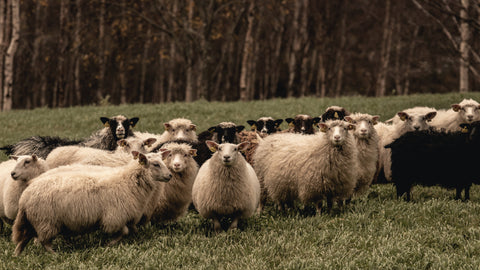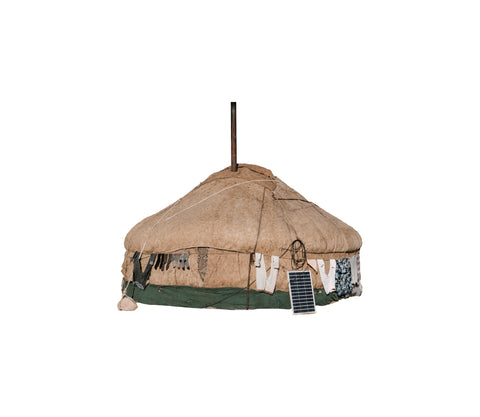Felt in sustainability: advantages, disadvantages and environmental aspects
Felt is a versatile material that is widely used in sustainable fashion and various applications. However, the choice of felt products raises the question of their environmental friendliness. Here we take a detailed look at the pros and cons of felt, as well as the various environmental considerations associated with its production and disposal.




